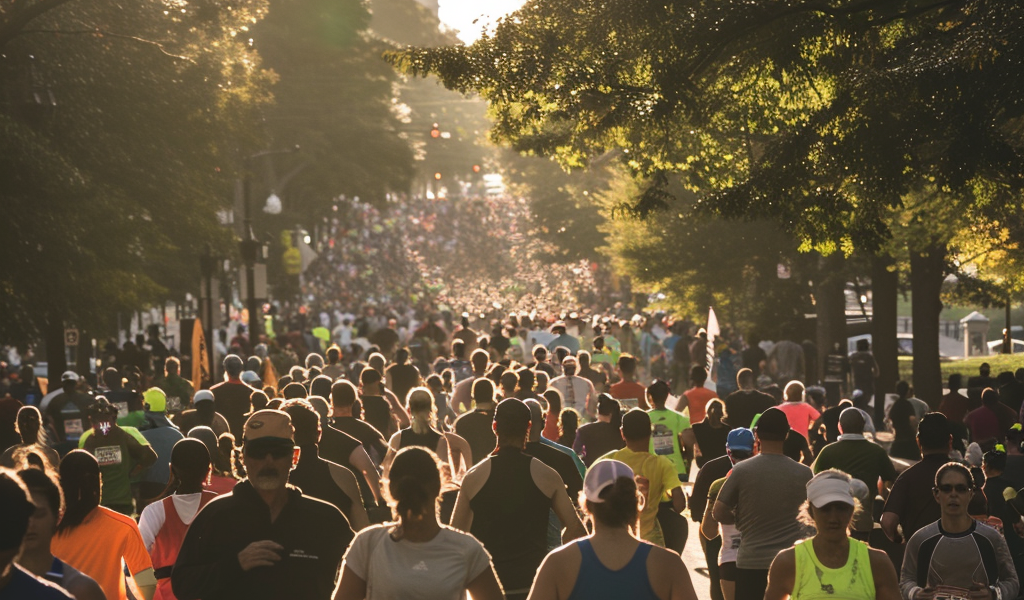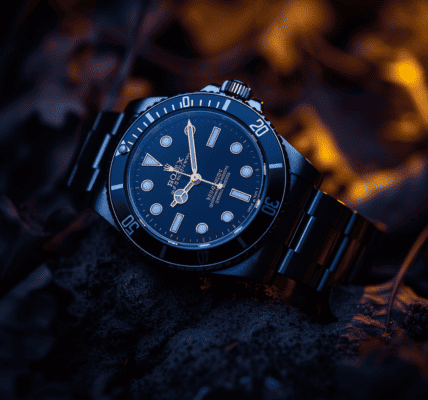More people are participating in marathons than ever before, according to a recent study conducted by Apple, the Brigham and Women’s Hospital, and the American Heart Association. The study, based on data from the Apple Heart and Movement Study, revealed a significant increase in global marathon participation between November 2019 and January 2024.
Over 1,500 runners took part in a total of 2,623 marathons during this period, with October and November emerging as peak months for marathon events. The analysis of workout data showed that half of the participants completed the 26.2-mile challenge in 90 days or less, indicating a high level of fitness among the cohort.
Among the 250,000 participants, a subgroup of over 200,000 individuals who engaged in walking or running workouts demonstrated impressive achievements in distance. Approximately 54% of walkers covered a minimum of 5 kilometers in their longest walk, with nearly 14% surpassing the 10-kilometer mark. Only a small fraction, just over 1%, managed to reach a half-marathon distance or beyond in a single walk.
Similar trends were observed among runners, with about half achieving a 5-kilometer distance in their longest run. Around 20% completed at least one 10-kilometer run, while 7% covered a distance equivalent to a half-marathon or greater in a single run.
The study also provided insights into training and recovery patterns. Analysis of average weekly running distances indicated a tapering phenomenon, with a reduction in mileage three to four weeks before a marathon, followed by a sharp decline post-event. Furthermore, 43% of participants showed an increase in VO2 Max, a measure of aerobic fitness.
The findings of the study highlight the growing popularity of marathon running and the dedication of individuals to achieving significant milestones in their fitness journeys. With more people embracing the challenge of marathons, the running community continues to expand, fostering a culture of health and wellness.





